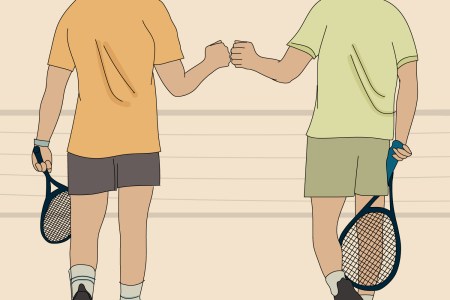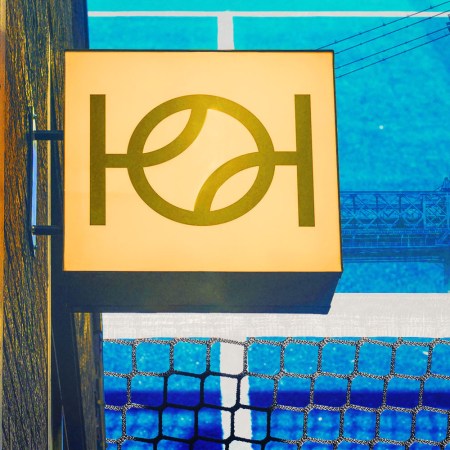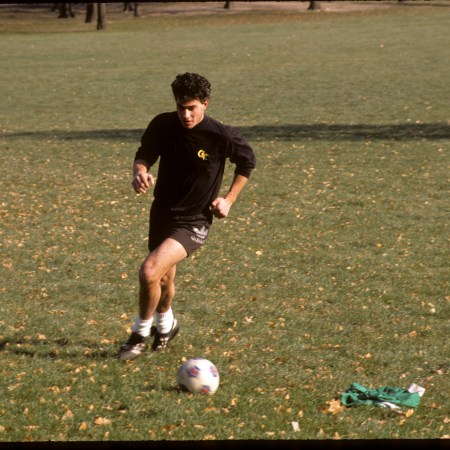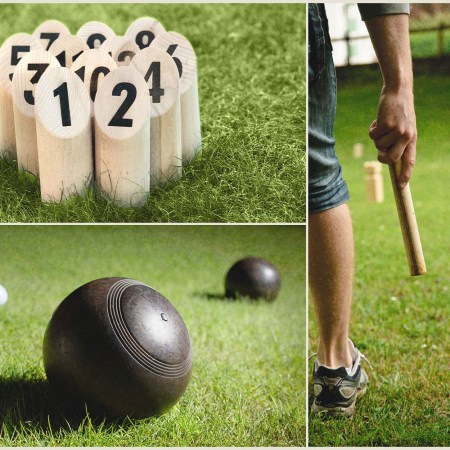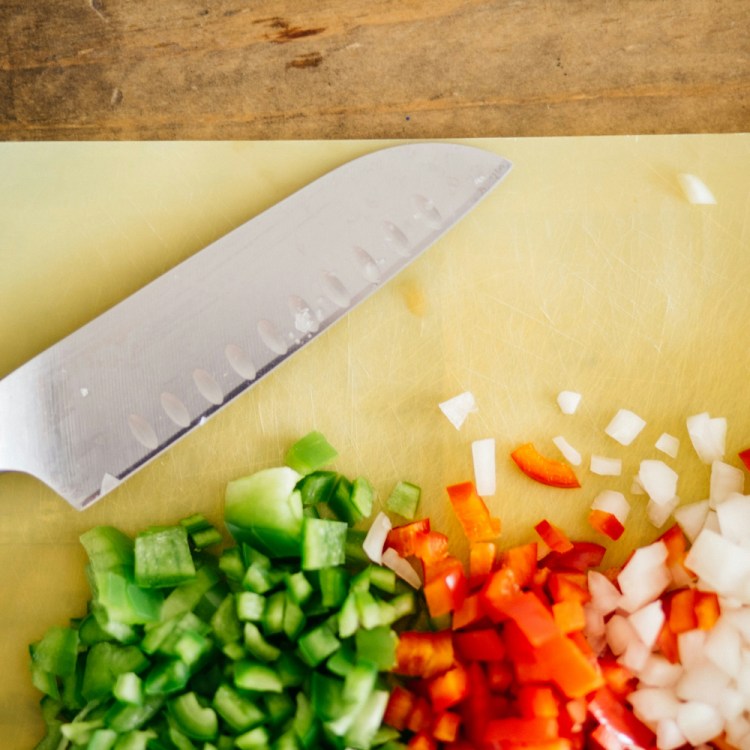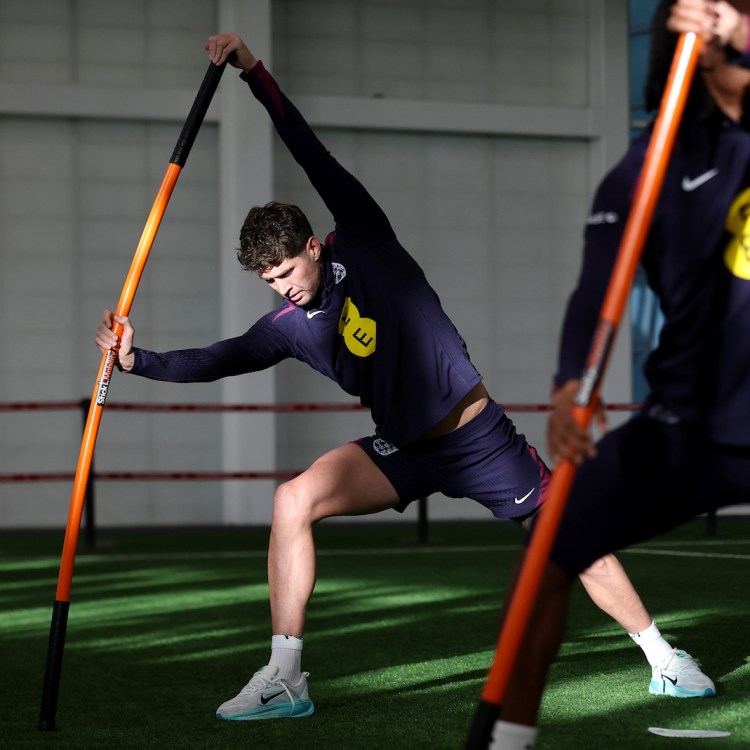Nota bene: All products in this article are independently selected and vetted by InsideHook editors. If you buy something, we may earn an affiliate commission.
One of my biggest summer wellness goals? It has nothing to do with miles or pull-ups. I just want to play more with my friends. Maybe that phrase — “play with friends” — sounds a little infantile coming from an adult health writer, but I’d contend this perception is a result of the unnecessary (and unhealthy) distance we put between ourselves and games as we age. We cede the floor for the next generation and turn ourselves into spectators.
What a shame, considering play is a secret weapon against physical and mental deterioration. It’s also, of course, one of the most fun things in life, and more or less the whole point of summer. To make sure my goal comes to fruition this season, I decided to skip the obvious contenders; instead, I sat down to research the best games of summer from cultures all over the world.
Why go international on this one? Well, I don’t want any of my opt-out-happy peers hiding behind “Spikeball fatigue.” And besides, foreign countries are really good at casual gameplay. It’s hardly uncommon on a European vacation, for instance, to see a large group of men relaxing in a park or at the beach, throwing around balls, discs or sticks of wood.
Get an eyeful of these fellas. They’re not trying to break records, let alone a sweat. They’re just playing. That’s the precise vibe I’m going for. Below, find the seven games I’m excited to try, from a Finnish bowling competition for the garden to a Croatian ball game for the beach.
Petanque
Country of origin: France
How to play: Players throw metal balls as close as possible to a target ball, usually in public squares or parks — it’s been called a Provence institution — typically in small teams or individually. It sounds exactly like bocce, right? It’s very similar: they’re both in the boules category. But petanque can be played on uneven surfaces like sand or gravel (it doesn’t need the confines of a long, rectangular court); its balls are smaller, softer and metallic; and competitors lob the balls instead of rolling them. (The weight in the metal balls, usually sand, ensures they “stick” the landing.)
Where to get a set: Try Petanque America, which stocks French brands like Obut, MS Petanque and La Franc.
The Mighty Fellowship of Tennis Partners
Advantage-everybody: Two men of different generations explain why court friends are foreverBeach Cricket
Country of origin: United Kingdom, Australia
How to play: A form of cricket played on the beach (or in the garden) with a bat and ball, usually in large groups, which leaves room for a more informal adaptation of the sport’s rules. I had the chance to play a bit over last Christmas, in Australia’s Yarra Valley. When played off-book in this way, it’s similar to batting practice in baseball — except those “shagging” the balls can make outs by catching the ball on one bounce or the fly.
Where to get a set: Proper cricket balls are super hard, and probably a little intense for a beach day. I recommend picking up a junior set, like this one from Kookaburra.
Calva
Country of origin: Spain
How to play: Described as a game of “pre-Roman origin,” in which two players take turns throwing a weighted iron cylinder (the marro) at a wooden target 15 yards away, which is in the shape of a bull’s horn (the calva). (Bored Spanish shepherds invented the game. They originally used the real thing as a target.) Three throws per player per round; if you knock the target over, you earn points.
Where to get a set: This is an ancient game, which doesn’t seem to have been commercialized yet. As such, it’ll require you to get a little more DIY than any other sport on this list. Try sawing a branch to get a similar shape to the one displayed in this video for the calva. (There’s another helpful photo here.) As for the weighted marro, that might be harder to find. But you’re looking for cylinders or discs (iron or steel will work) that are lighter than six pounds.
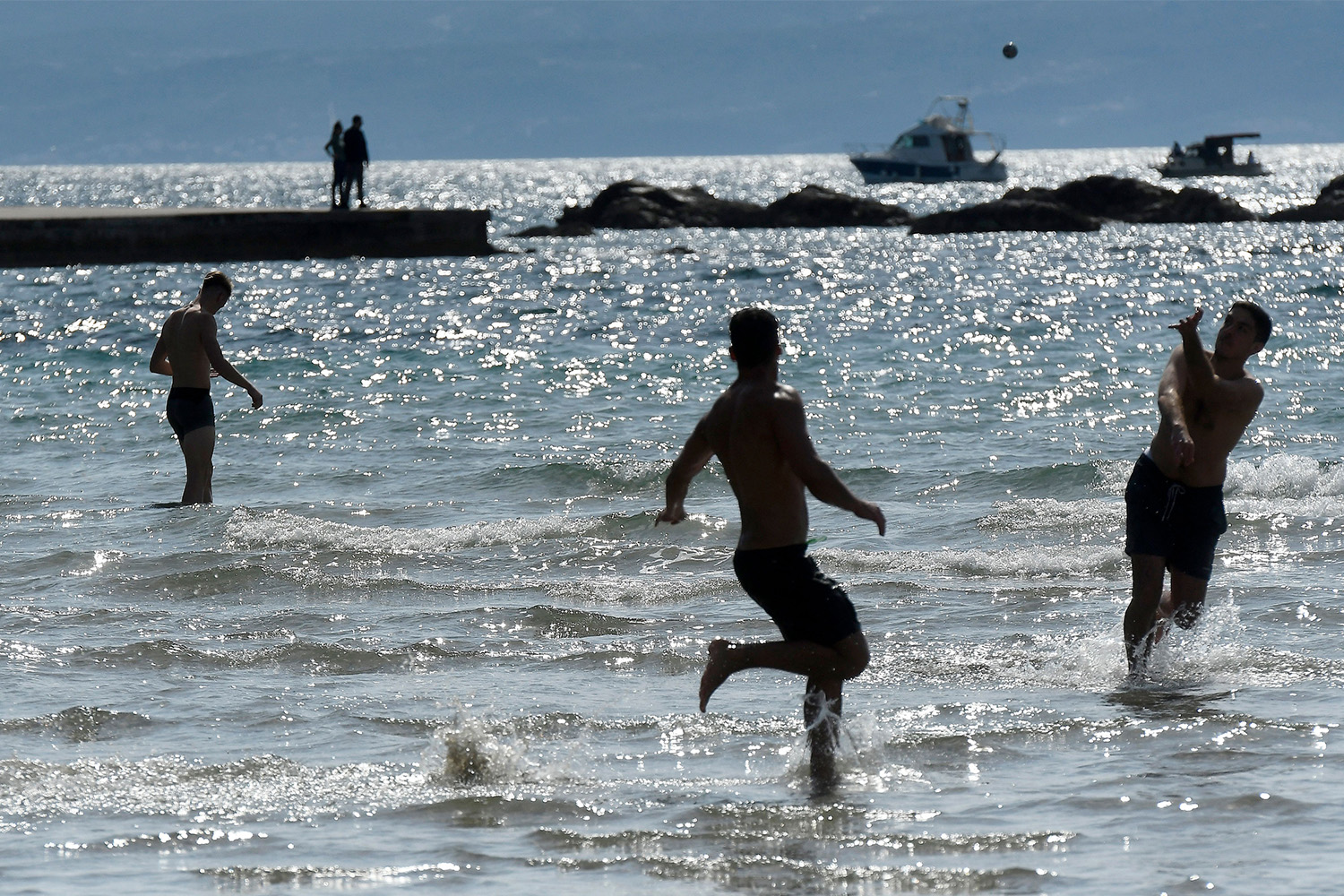
Picigin
Country of origin: Croatia
How to play: A group game played in the shallows at the beach. Players conspire to keep a small ball from touching the water using only their hands. It’s typically played with three to five people. We wrote more about the game, which is primarily preserved in Split, Croatia, in this feature.
Where to get a set: I’m positive you could play this game with one of those classic pink Spalding balls. If you want to go very official, though, here are your marching orders: Cut the felt off a tennis ball, rub the ball against a wall to get rid of the glue residue, then trim it down with rough sanding paper. Finish with smooth sanding paper until you’ve decreased the rubber thickness by half.
Sepak Takraw
Country of origin: Thailand
How to play: Definitely the most ambitious game on this list, from an athletic perspective, at least. It’s similar to volleyball, except players use their feet, head and knees to hit a rattan ball over a net. It’s played with teams of two, three or four, on courts similar to badminton. Here’s a video of how the game is played, albeit it in a competitive setting.
Where to get a set: I would pick up an official rattan ball online (you can get one for $16 here) and then set up a net at just five feet above the ground. Here’s an adjustable badminton net that could work well. If it’s too high, like a beach volleyball net, there’s no just no way anyone’s going to be able to get a rally going.
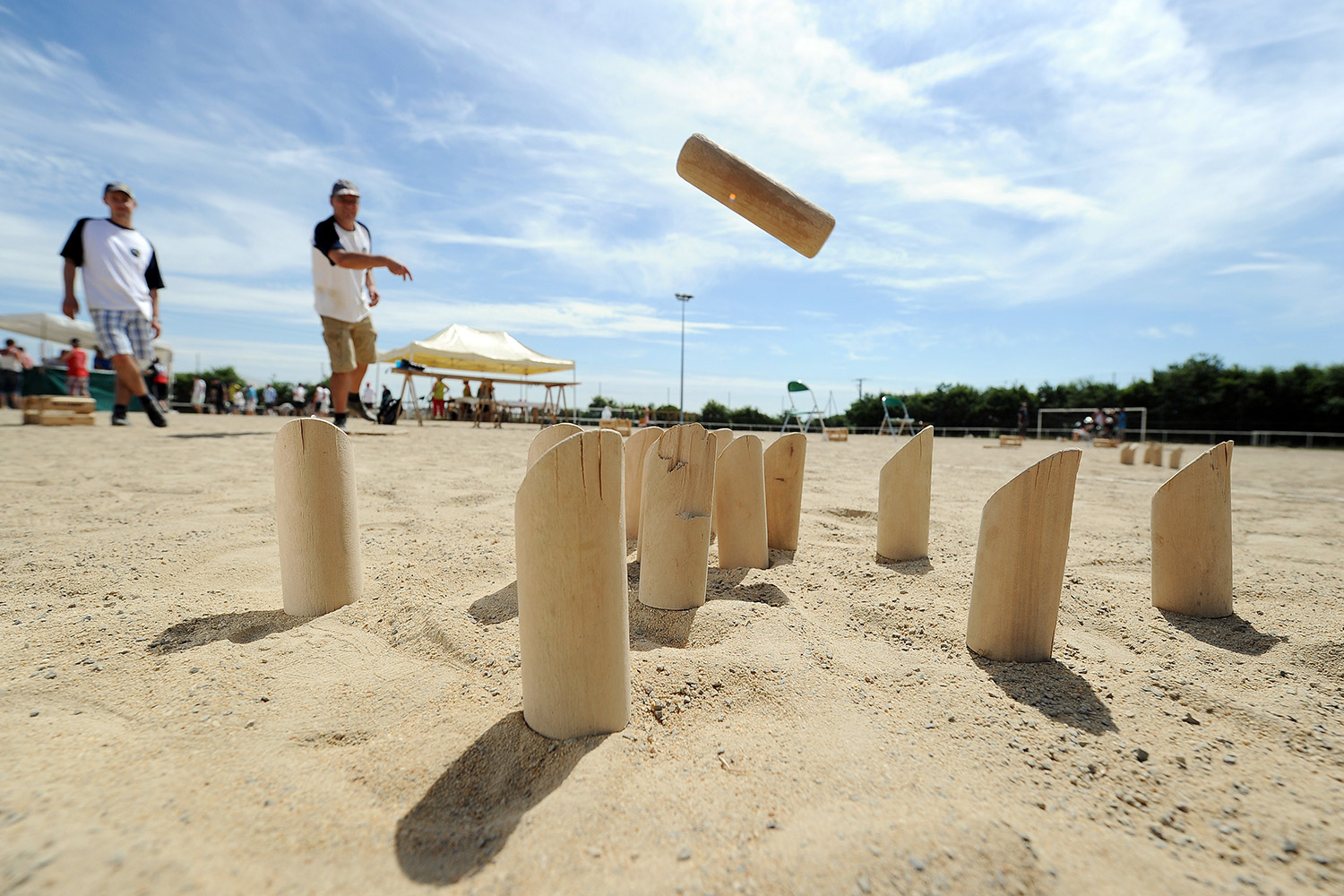
Mölkky
Country of origin: Finland
How to play: We’ve been big fans of this game for years. It’s an outdoor, bowling-style setup — except the pins are called skittles, they’re numbered 1-12, and you huck the throwing pin at them in order to score points. First player (or duo) to reach 50 points wins. Key rules to know: Pins are picked back up exactly where they landed, which means the game can sprawl from your little starting area; and if you go past 50 points, you get sent back down to 25.
Where to get a set: It’s an Amazon link, but don’t worry, it carries the official approval of Mölkky World.
Frescobol
Country of origin: Brazil
How to play: Played with wooden paddles and a ball, this is another game that focuses on cooperative play. Two players work together to keep a ball in the air for as long as possible, typically on a beach. (I tried finding an appropriate frescobol photo for this article…impossible. Lots of Brazilian bum-bum.) Also, this game is very similar to paddle ball (U.S.) and kadima (Israel). The main difference is frescobol racquets are longer and shaped more like an oval.
Where to get a set: If you’re inclined to shell out on a frescobol set, for whatever reason, there are some gorgeous wooden paddles online. I love this one. And here’s a more affordable option, from Wilson.
We've put in the work researching, reviewing and rounding up all the shirts, jackets, shoes and accessories you'll need this season, whether it's for yourself or for gifting purposes. Sign up here for weekly style inspo direct to your inbox.


